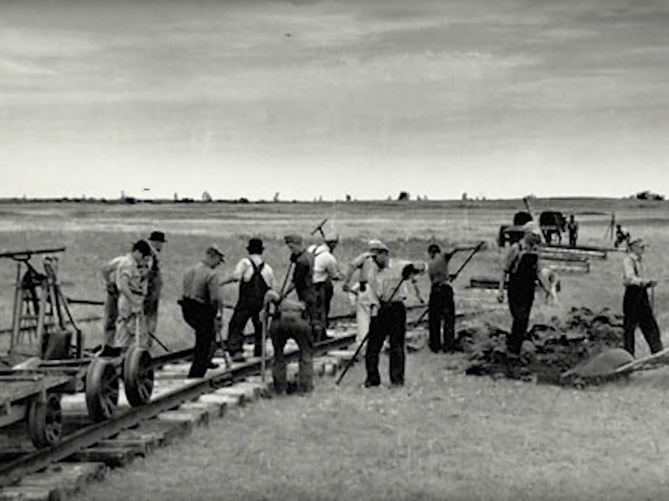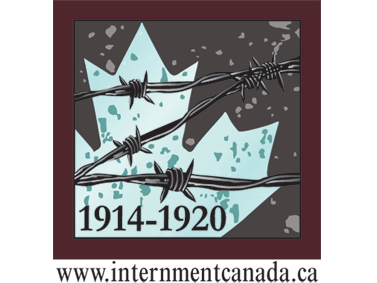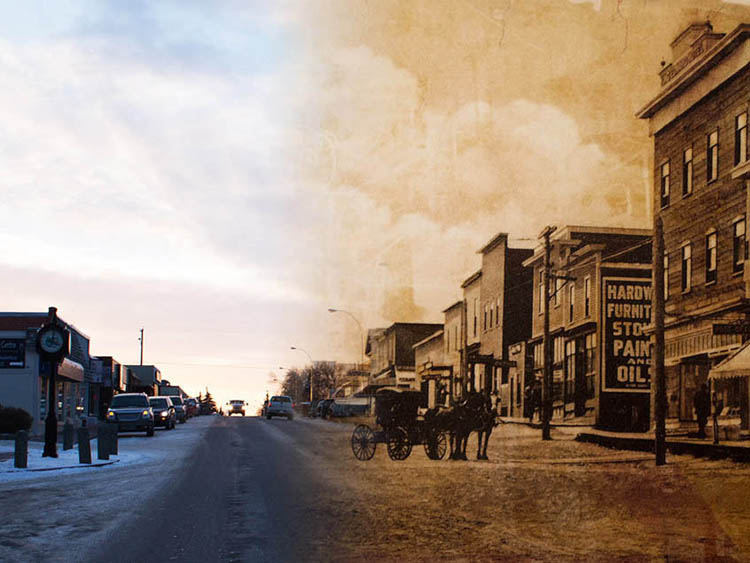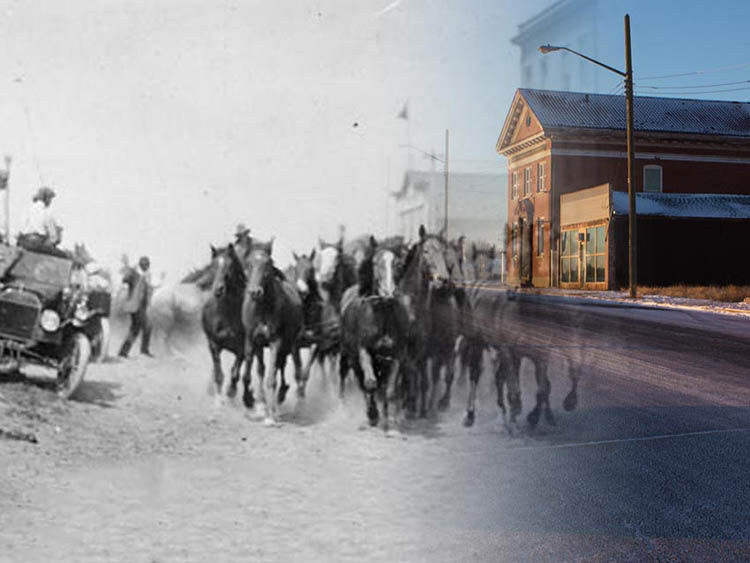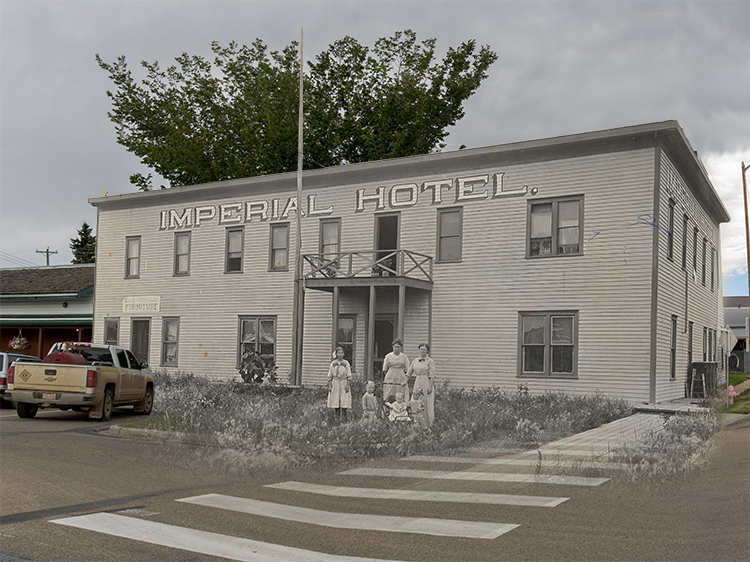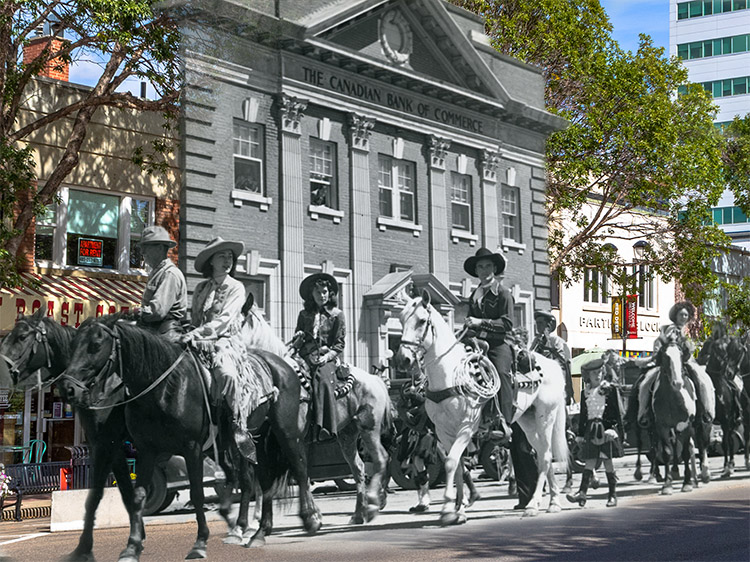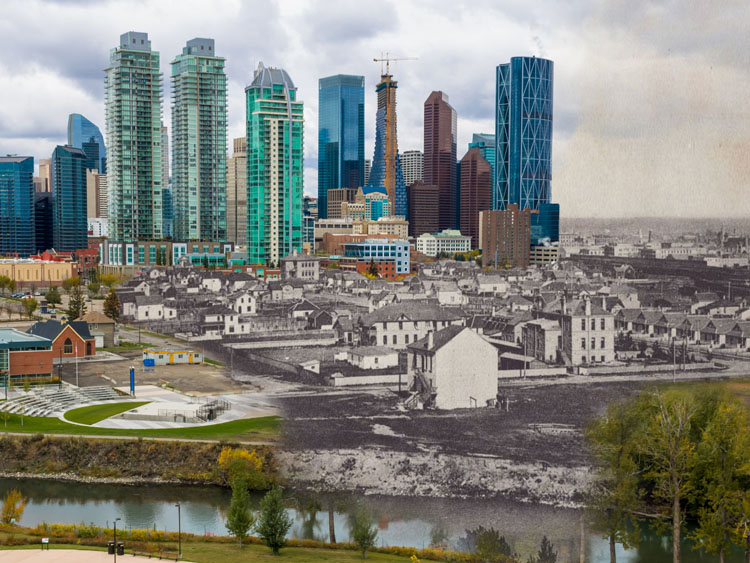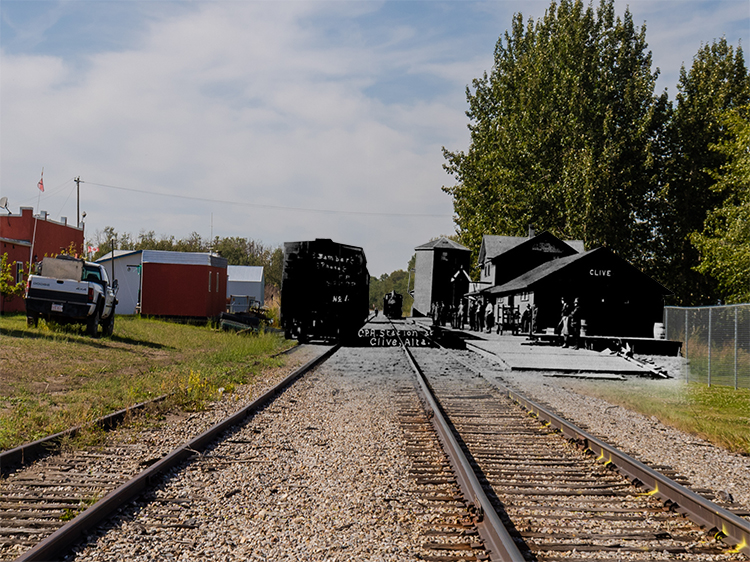The village of Munson, is located just north of Drumheller in Alberta's Badlands region. As of 2021 it has a population of 170. The community was founded in the early 1910s, following the extension of the Alberta Midland line through the region. A ramshackle internment camp for enemy aliens was set up in some boxcars at Munson just after the First World War. The prisoners were made to work continuing the railway line, but a brutal winter, poor morale, and a massive outbreak of the 1918 influenza pandemic, led to the camp's ultimate abandonment.
This project has been made possible by a grant from the Endowment Council of the Canadian First World War Internment Recognition Fund.
We acknowledge that Munson is on on Treaty 7 territory, the ancestral and traditional territory of the Blackfoot Confederacy: Kainai, Piikani, and Siksika, as well as the Tsuut’ina First Nation and the Stoney Nakoda First Nation. We recognize the land as an act of reconciliation and gratitude to those on whose territory we reside.
Donate Now
If you enjoyed this free content, we ask you to consider making a donation to the Canada-Ukraine Foundation, which is providing urgently needed humanitarian aid to Ukraine.
The Ukrainian people are heroically defending their homeland against a genocidal war of Russian aggression. The humanitarian situation is critical and the needs immense. 100% of all donations made through this link go directly to supporting the people of Ukraine. Recently funded initiatives by the Canada-Ukraine Foundation include demining and removal of unexploded ordnance, and the evacuation of thousands of deaf people from the warzone.
Explore
Munson
Stories
Munson Internment Camp
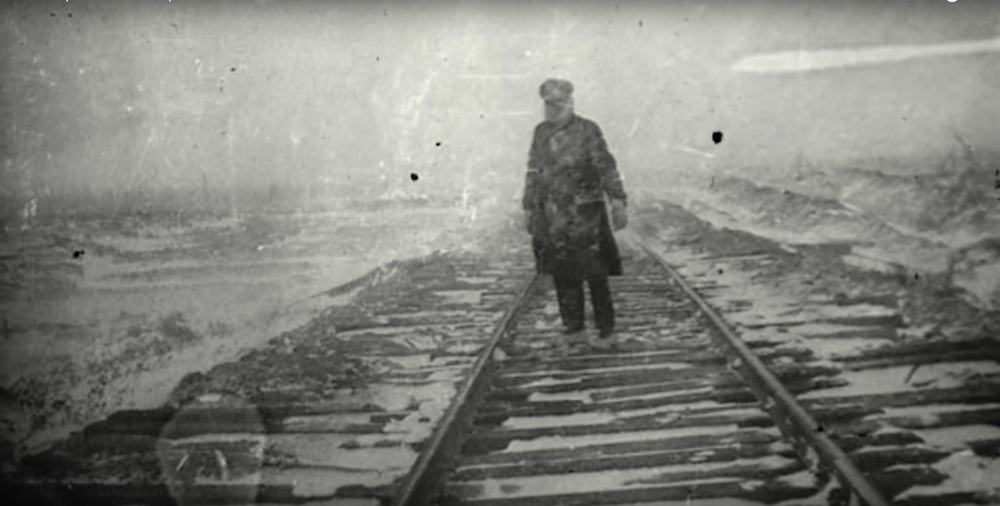
Ukrainian Canadian Civil Liberties Assoc.
Story Location
The Munson Internment Camp was one of a network of 24 internment stations set up by the Canadian government during the First World War. The camp opened on October 13, 1918, just a month before the end of the First World War, but it did not close with the war's end. Instead it would stay open until March 21, 1919.
The men interned here were forced at gunpoint to do back-breaking labour laying railway tracks over the course of the freezing Alberta winter. Their misery was exacerbated by their living conditions: they were housed in overcrowded and poorly-heated railway boxcars; they had inadequate winter clothing; and their diet was inadequate, so hunger was a constant complaint. To make matters worse, the deadly 1918 flu pandemic swept through the camp, causing panic amongst guards and internees, and prompting many internees to risk escape.
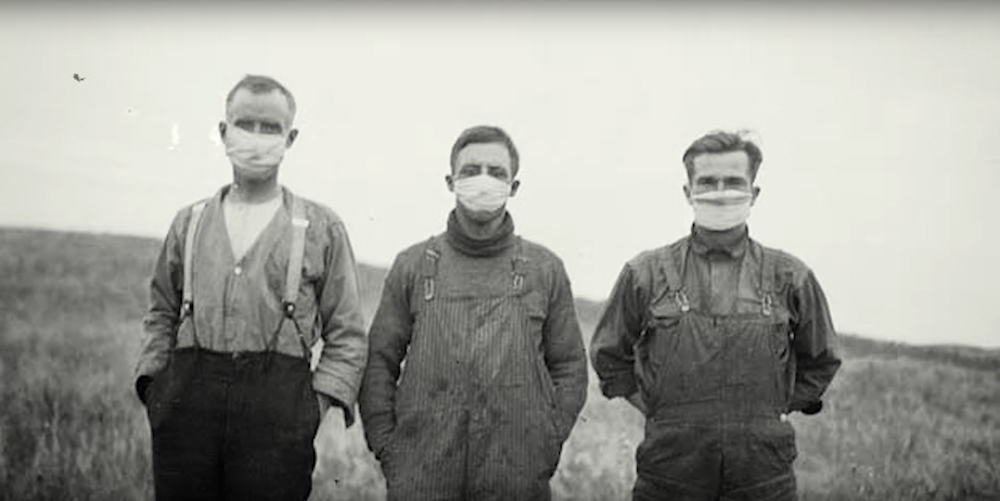
As at the rest of Canada's internment camps, the men interned at Munson were so-called 'enemy aliens. In almost all cases they had committed no crime save being born in a country that Canada went to war with.
* * *
Starting in 1914, the Canadian government reclassified all immigrants from enemy nations as "enemy aliens," a status that stripped them of virtually all their civil rights. Any who were suspected of disloyalty were interned, along with enemy aliens who were homeless. The majority of the internees were poor Ukrainian men who had immigrated from the Austro-Hungarian Empire. Most were sent to remote forced labour camps. By 1916 the wartime labour shortage led the government to begin paroling all the "non-dangerous" internees to work in strategic industries.
Most of the remaining internees were deemed "undesirable" and kept interned until 1920, when they were deported. The "undesirables" were generally men who had alleged sympathies with Canada's enemies, had been uncooperative while being forced to labour, or were thought to be lazy. As one camp commandant said, they were "a loafing, good-for-nothing lot, and the sooner the country is rid of them the better."1
In addition, from 1917 to 1920, during Canada's first Red Scare, an increasing number of socialists and labour activists were arrested and interned.
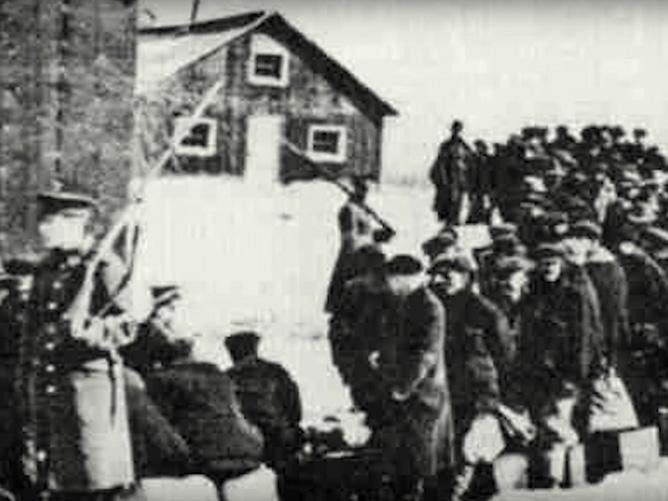
The men interned at Munson were those unfortunate enough to be deemed "undesirable" by the Canadian government. Many of them had been interned since 1915.
They had been sent to Munson from the camp at Morrissey, just south of the town of Fernie in southeastern British Columbia. Conditions at Morrissey had been atrocious, marked by brutal and abusive guards, dangerous and borderline intolerable working conditions, and inadequate, poor quality food.
A month after the Munson camp was established, the Armistice was signed on November 11, 1918, ending the First World War. Both guards and internees expectantly waited to be released from the miserable boxcar camp, but they were to be disappointed. The government was in no rush to close the camps. They feared public backlash from embittered, jobless returning veterans if they released the internees. Instead they were to spend the next 18 months arranging for the deportation of these "undesirable" internees.
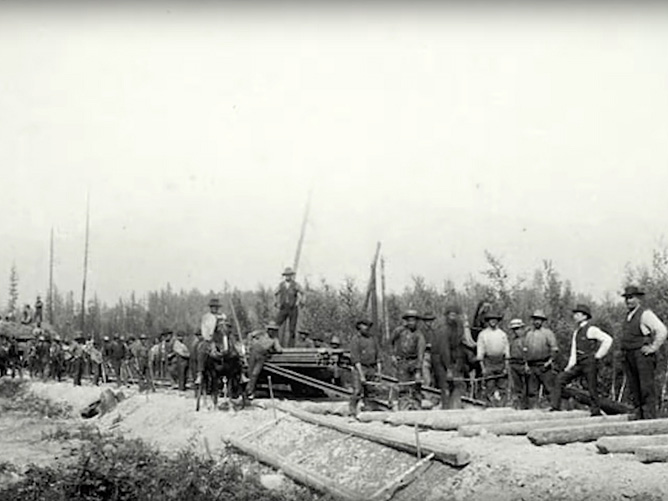
So the work at Munson continued through the harsh winter. The exhausted internees refused to work and the morale of the guards plummeted, leading to many escapes and poor discipline. The outbreak of the influenza pandemic in the camp, which was at that moment killing tens of thousands of young Canadians, did not help matters.
The government tried to salvage the situation by removing 65 internees to a new boxcar-based internment camp at Eaton, Saskatchewan, but that camp failed for the same reasons and was abandoned in less than a month.2
Munson lasted a little longer, but it too finally shut down on March 21, 1919. The internees were sent to the more permanent camp at Amherst, Nova Scotia, where they were to await deportation. The fate of most of the internees at Munson is unknown, but most were presumably deported later in 1919, and in 1920.
2. "The Camps - Munson," Armistice Films, 2016, https://www.youtube.com/watch?v=egawHkX3uxw.

